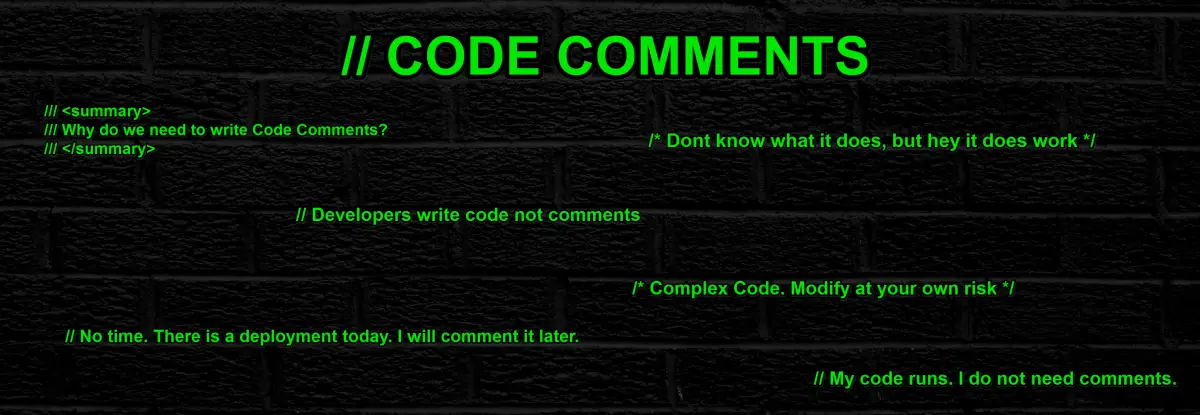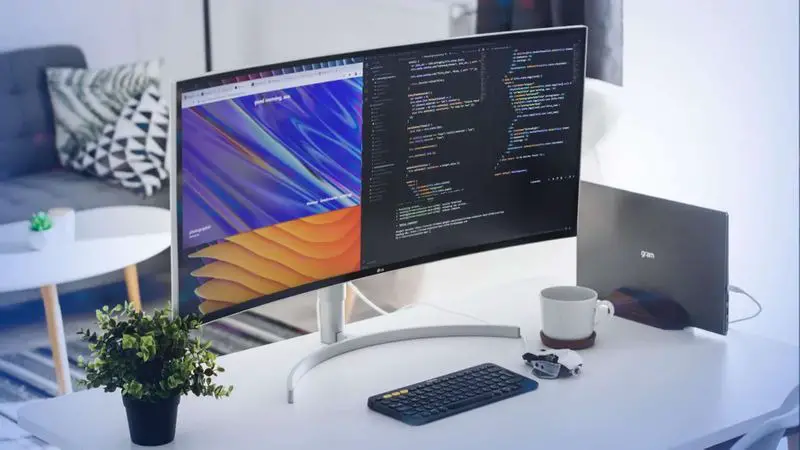Code Commenting Conundrums: Best Practices For Documenting Your Code

Code commenting is a crucial practice in software development, yet it often poses dilemmas for programmers. Striking the balance between providing sufficient documentation without overdoing it can be challenging. To navigate these conundrums, here are some best practices to guide your code commenting efforts:

1. Purposeful and Concise:
Comments should convey the purpose or intent behind a code section clearly and concisely. Avoid restating obvious code logic; instead, focus on explaining the “why” and “how” of your implementation.
2. Clarity over Quantity:
Prioritize clarity over excessive commenting. A few well-placed comments can provide more value than a barrage of unnecessary ones. Aim for comments that are easy to understand and directly relevant to the code they describe.
3. Maintainability:
Comments should live along with the code and evolve as it changes. Regularly review and update comments to ensure they align with the current codebase. This keeps documentation relevant and up-to-date.
4. Context Awareness:
Provide context-specific comments that explain code sections related to specific use cases or scenarios. This helps other developers understand the nuances of the code.
5. Highlight Non-Obvious Features:
Focus on documenting code sections that are not self-explanatory. Highlight important design decisions, caveats, or potential pitfalls to guide future maintainers.
6. Use Standard Practices:
Adopt industry-standard commenting styles and frameworks to ensure consistency and readability across the codebase. This makes it easier for other developers to navigate and understand your code.
7. Avoid Duplicate Documentation:
Utilize source-code management tools like Git for version control and tracking changes. This eliminates the need for repetitive comments that document version-specific details.
8. Consider Automated Tools:
Explore automated tools or plugins that can help generate comments based on code structure or behavior. These tools can provide a consistent commenting approach and reduce manual effort.
9. Peer Review:
Involve other developers in reviewing your comments to gather feedback on their clarity and effectiveness. This ensures different perspectives and helps you identify and address potential gaps in documentation.
10. Remember the Audience:
Tailor comments to the intended audience. Consider the knowledge level and experience of those who will be reading the code. Adjust the level of detail and technicality accordingly.
Mastering the art of code commenting requires a balance of thoughtfulness and discipline. By adhering to these best practices, you can effectively document your code, enhancing its maintainability, readability, and overall quality.


